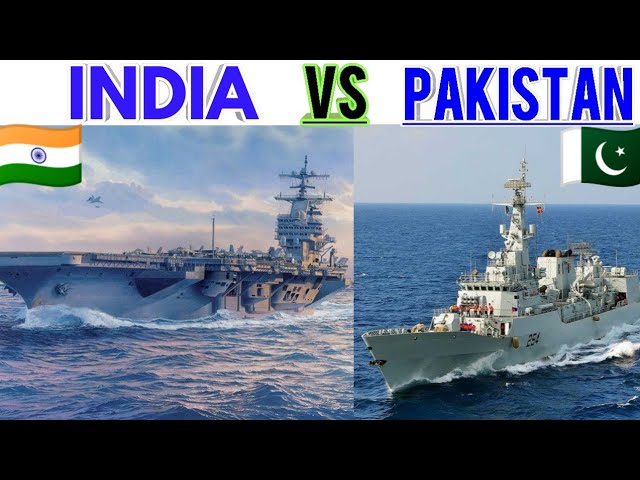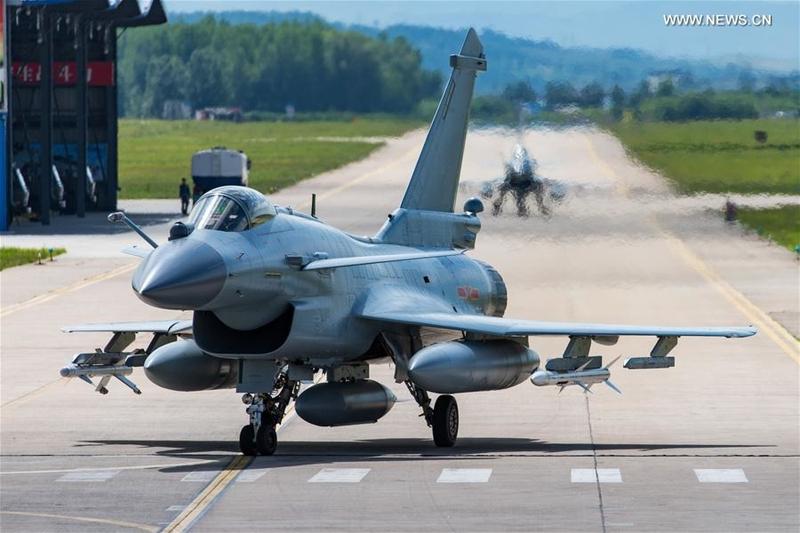The naval rivalry between India and Pakistan has intensified in recent years, reflecting the broader strategic competition in South Asia. As both countries aim to bolster their maritime defenses, their growing naval capabilities have become a critical factor in regional security dynamics. With India investing heavily in its blue-water navy and Pakistan rapidly expanding its fleet through strategic partnerships, the balance of power in the Indian Ocean is shifting.
The Indian Navy: A Maritime Powerhouse
The Indian Navy, one of the largest and most sophisticated maritime forces in the world, boasts a formidable fleet. As of 2025, it operates around 150 warships, including two aircraft carriers—the Russian-built INS Vikramaditya and the domestically constructed INS Viraat. These carriers serve as the backbone of India’s naval strike capability, enabling power projection far beyond its shores.
Additionally, India maintains a powerful submarine fleet, consisting of 16 conventional diesel-electric submarines and two nuclear-powered ballistic missile submarines, with two more nuclear submarines under construction. This potent undersea force is complemented by a diverse array of 275 aircraft, helicopters, and drones, enhancing India’s surveillance, anti-submarine, and strike capabilities.
India’s naval ambitions date back decades. In 1964, it became the first navy in the region to operate an aircraft carrier, acquiring the former British vessel INS Vikrant. Since then, India has steadily expanded its maritime footprint, investing in advanced warships, submarines, and missile systems to secure its vast coastline and critical trade routes.
Pakistan’s Naval Modernization
In contrast, the Pakistani Navy, while smaller, has been rapidly expanding its capabilities in collaboration with China. Pakistan aims to grow its fleet to 50 warships in the coming years, a significant increase that underscores its strategic ambitions. This expansion is being fueled by Chinese military support, which includes the construction of advanced frigates and submarines, such as the Hangor-class diesel-electric attack submarines.
The China-Pakistan naval partnership is a key concern for India, as it potentially shifts the regional balance of power. China, now the world’s largest navy, has been actively supporting Pakistan’s maritime ambitions, supplying critical technology and expertise. This collaboration also extends to the construction of modern naval bases and infrastructure, further enhancing Pakistan’s blue-water capabilities.
Strategic Implications and Regional Tensions
The intensifying naval competition between India and Pakistan reflects the broader geopolitical tensions in South Asia. With China playing an increasingly active role in the region, the Indian Ocean has become a critical theater for great power rivalry. India’s Chief of Naval Staff, Admiral Dinesh Tripathi, recently highlighted these concerns, emphasizing the need for a robust maritime strategy to counterbalance Pakistan’s growing naval strength and its deepening ties with Beijing.
“We are fully aware of Pakistan’s growing capabilities, and we are adjusting our strategy to mitigate any negative impact on our interests,” Admiral Tripathi stated. “We are fully prepared to face any challenge.”
The Road Ahead
As both India and Pakistan continue to expand their naval forces, the potential for a regional arms race looms large. The stakes are high, as control over the Indian Ocean is crucial for securing maritime trade routes, projecting power, and maintaining regional influence.
For India, maintaining its naval edge will require continued investment in advanced platforms, technological innovation, and strategic alliances. Meanwhile, Pakistan’s close partnership with China provides it with a powerful ally, potentially reshaping the naval balance in the coming decade.
As the waters of the Indian Ocean become more contested, the naval dynamics between these two South Asian giants will play a critical role in shaping the region’s security landscape.



